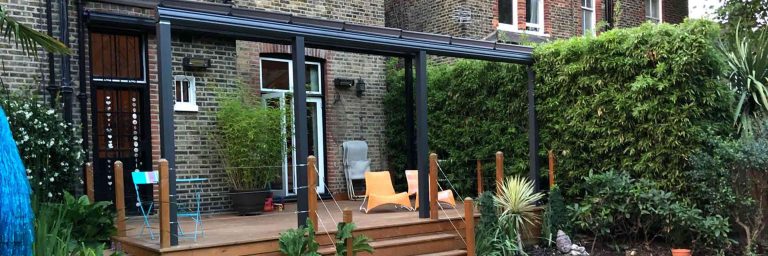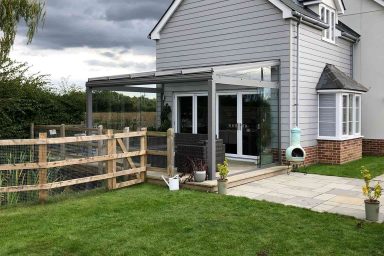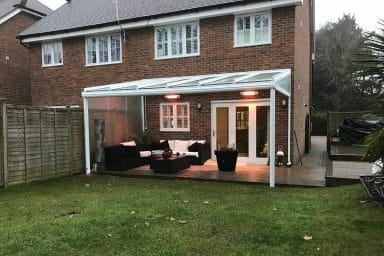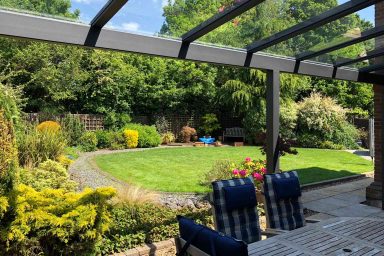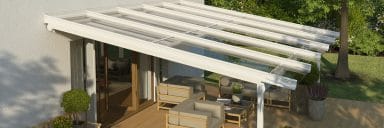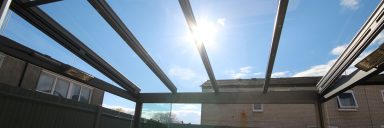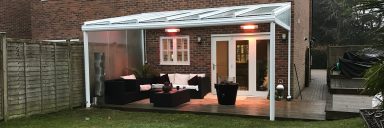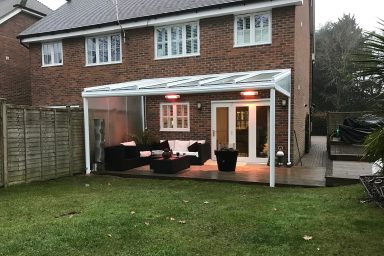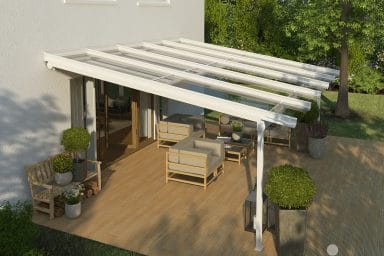Origins
The word Veranda, being of Hindi origin, hence the original spelling ending in an h (spell check will accept both), is a roofed, open-air gallery or porch, attached to the outside of a building.[1][2] A veranda is often built with a part enclosure, separated by a railing or fence and frequently extending across the front and sides of a house or building.
The veranda first became widespread in Australian colonial buildings during the 1850s and the Victorian Filigree architecture style, particularly in Antipodean terrace houses and commercial buildings such as hotels. The decorative screens were usually made of cast iron lace, wrought iron or wood fretwork.
Around the world
In Brazil the Bandeirista style house is named after the 17th century Portuguese settlers and fortune hunters and its veranda fronted structures are typically designed to face the sunrise.
In Japan where the snow falls heaviest, the verandas, called Gangi -Zukuri, are structured to envelope buildings, one of the longest can be found in old Takada city and is 16 kilometrers long.
In Poland, an unheated roofed annex to a house, without walls or with glass walls, is called a “weranda”.
In the United States, New Orleans, Louisiana is renowned for its prominent, decorative verandas.
In fact pre air-conditioning, most homes in the Southern Part of the USA were built with verandas or front porches to maintain shade and protection from heat. In the early 1900’s Spanish Colonial architecture as well as the “Mission style” architecture, became very popular in the Western United States, commonly incorporating verandas, both on the exterior of buildings and the interior of courtyards. In some cases, homes were constructed with every room, on every level opening into a courtyard or veranda.
British Reserve
However looking to the UK, where, despite our summers seemingly becoming warmer and longer, there is still something very un-British about a veranda. You won’t see a lot of verandas driving around the countryside, patios and porches maybe, and traditional conservatories are far more common due to our history of wetter weather. The veranda bug is only just emerging and how; with the influence of new age architecture and visionary grand designs, verandas, especially the glass version, not only offer a sense of colonial elegance and charm to your home, but provides necessary shelter from the elements. Also with stylish lighting and efficient heating options you can create a cosy and atmospheric space to enjoy all year round.
Frankly its a much cheaper way of keeping up with the Joneses than buying a brand new Porsche.
For more information on verandas for your home then please contact the Glass Room Company via the link.

